June 14, 2024
Written by Jessica Moore / Photos by Sam Couch
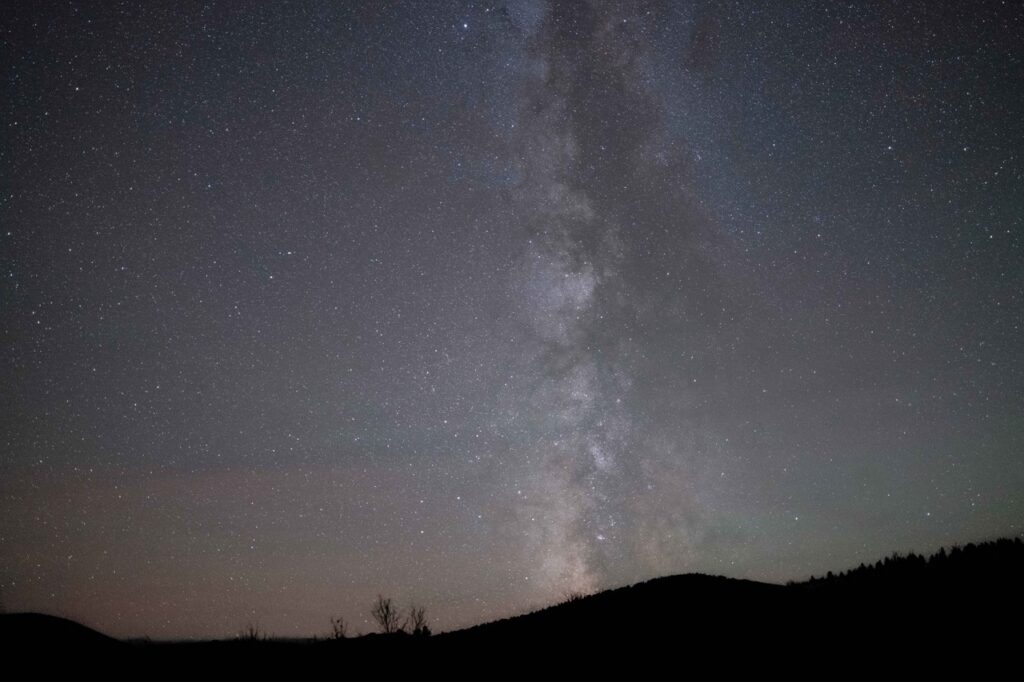
Since the beginning of time our planet has survived on a cycle of both light and dark. This cycle is what many living species depend on for healthy behaviors and processes. For humans, the darkness has always been a mystery – somewhat magical but also a bit frightening, to look up into the sky at night and see millions of stars and vast galaxies beyond our reach. But over time those stars have dimmed and the darkness has been made bright.
Since the discovery of electricity and the development of lights, we have been finding ways to eliminate the darkness and brighten the world around us. This brightness may seem like an added advantage to allow us to work and play and travel well into the dark hours of the night. However, recent studies have shown that this extension of light into normal dark hours has begun to take its toll on our human bodies as well as many other species that share our planet. The light that we create to aid our ability to see has become what is now known as light pollution. Light pollution is any sort of artificial light that takes over the natural darkness and blocks out the stars and other celestial bodies in the sky. It is believed that now over 80 percent of the world’s population is affected by some form of light pollution.
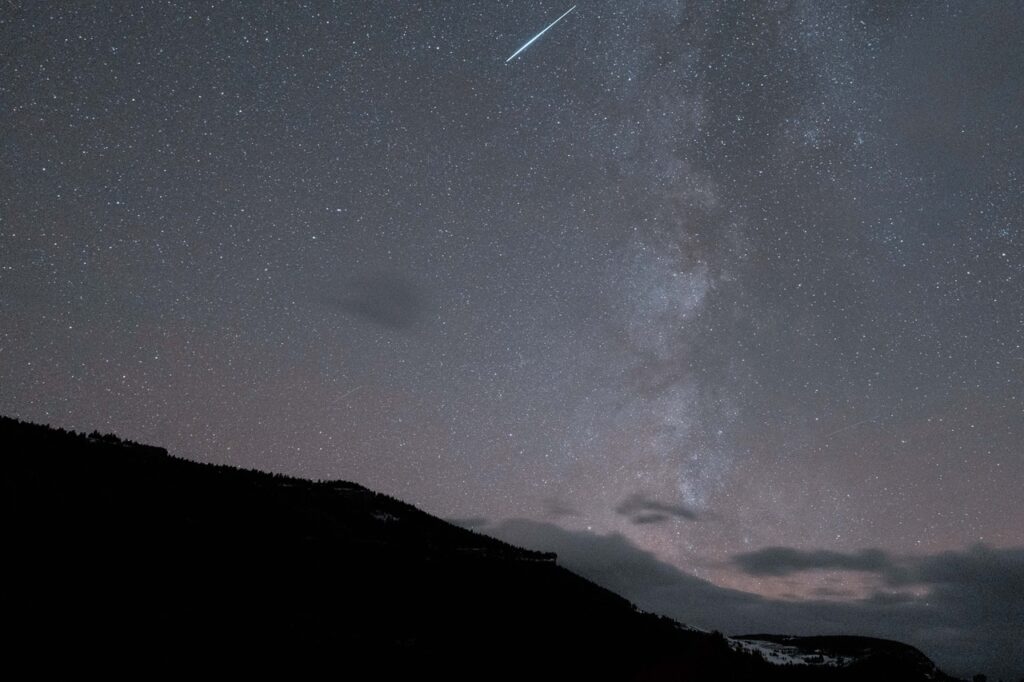
Why would it matter if we can’t see the stars anymore? Losing the ability to see stars is more than just the loss of something pretty at night. We’re actually losing an ever important part of our natural cycle. Our bodies are designed to function with a dark and light cycle every 24 hours, this is called our circadian rhythm.
Recent studies have shown that light pollution has been linked to a disturbance in our circadian rhythm. When our circadian rhythm is off, many of our natural behaviors and processes are out of balance. This can result in things such as obesity, stress, mood disorders, loss of sleep and eye disorders.
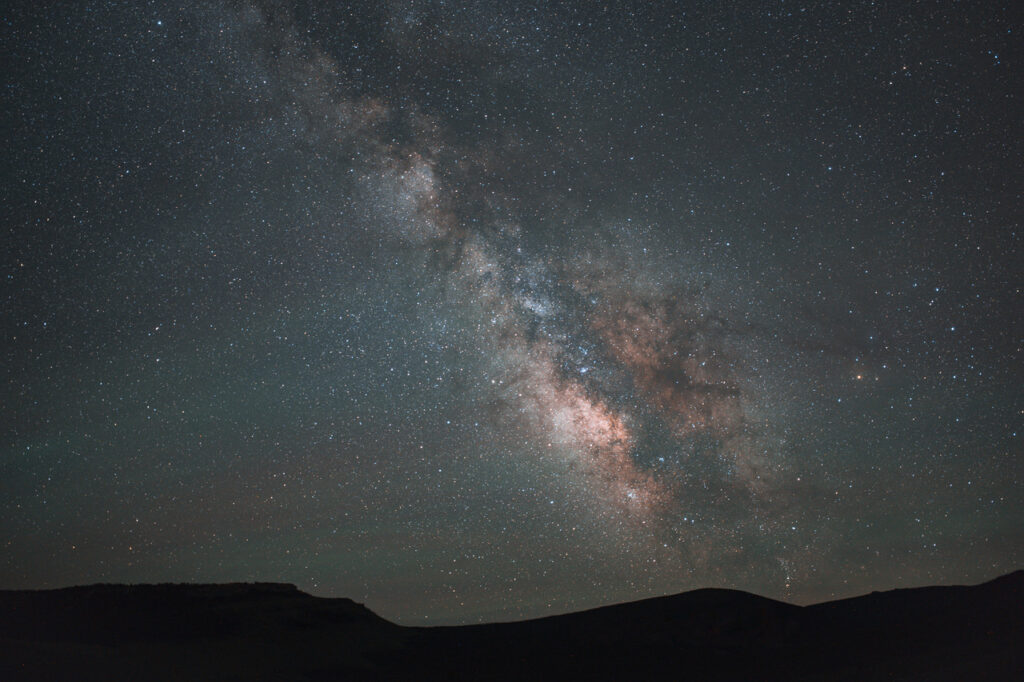
Many species of wildlife can also be affected by light pollution. Migratory birds often fly at night and navigate by the moon and stars. Artificial light can cause the birds to be thrown off of their normal migration path and sometimes crash into lighted windows of skyscrapers and other tall buildings. This can happen with catastrophic results. One such example occurred in the fall of 2023, when over 1,000 migratory birds were killed from colliding with a single building in the city of Chicago. Although this is an extreme example, this shows what kind of impact can happen because of artificial light.
Other species of wildlife are also affected by light pollution. Many amphibians will only begin their breeding calls when it becomes dark enough. If the males do not experience enough darkness, they will not begin their breeding calls, females will not be called into the pond, and a whole generation of amphibians may be skipped, all because of light pollution. Reptiles can also be affected. Although there are no sea turtles in the waters of Wyoming, many people have heard the story of the plight of baby turtles hatching from their sandy nests and turning away from the water as they’re attracted to the artificial light along the oceanfront beaches.
Artificial light can also impact predator/prey relationships and create an imbalance in natural hunting and hiding behaviors.
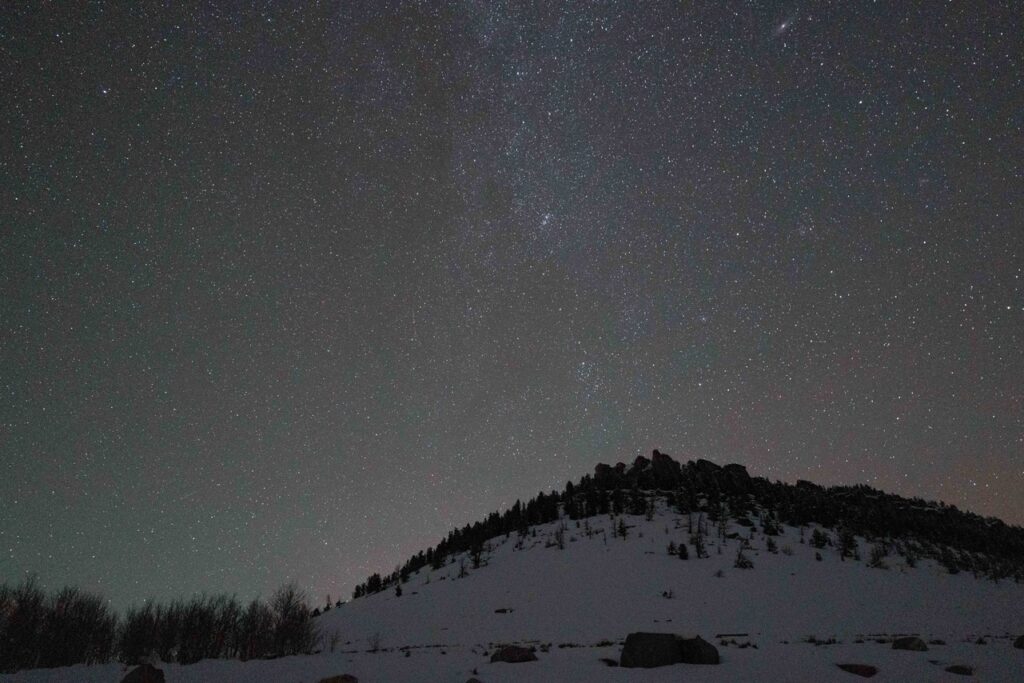
But fortunately, there is good news when it comes to slowing or reversing light pollution. An organization called Dark Sky International is taking the lead to help promote awareness about light pollution and create easy and sustainable steps that can bring dark skies back around the world. Dark Sky International helps to promote the importance of dark skies and certify dark sky places around the world. They have certified over 220 places, covering over 85,000 square miles on six continents, and more are being added each year. These locations can be certified as Dark Sky Parks, Reserves, Sanctuaries, Places, and Communities.
Sinks Canyon State Park was awarded the designation of the very first Dark Sky Place in Wyoming in November of 2023. The park saw the need to protect the dark sky above the canyon and took actions to remove unnecessary outdoor light from the park. They replaced all remaining light fixtures with Dark Sky compliant, fully shielded fixtures that do not project light into the sky. Lights were also placed on timers, motion detectors or photo-sensors so they only turn on when needed. Park staff monitor the darkness of the sky throughout the year to ensure it still meets the Dark Sky requirements and continue to report to the Dark Sky organization.
It’s easy for everyone to help protect and bring back the dark sky with these five steps:
1. Use light only if it is needed
All light should have a clear purpose. Consider how the use of light will impact the area, including wildlife and their habitats.
2. Direct light so it falls only where it is needed
Use shielding and careful aiming to target the direction of the light beam so that it points downward and does not spill beyond where it is needed.
3. Light should be no brighter than necessary
Use the lowest light level required. Be mindful of surface conditions, as some surfaces may reflect more light into the night sky than intended.
4. Use light only when it is needed
Use controls such as timers or motion detectors to ensure that light is available when it is needed, dimmed when possible and turned off when not needed.
5. Use warmer-color lights where possible
Limit the amount of shorter wavelength (blue-violet) light to the least amount needed.
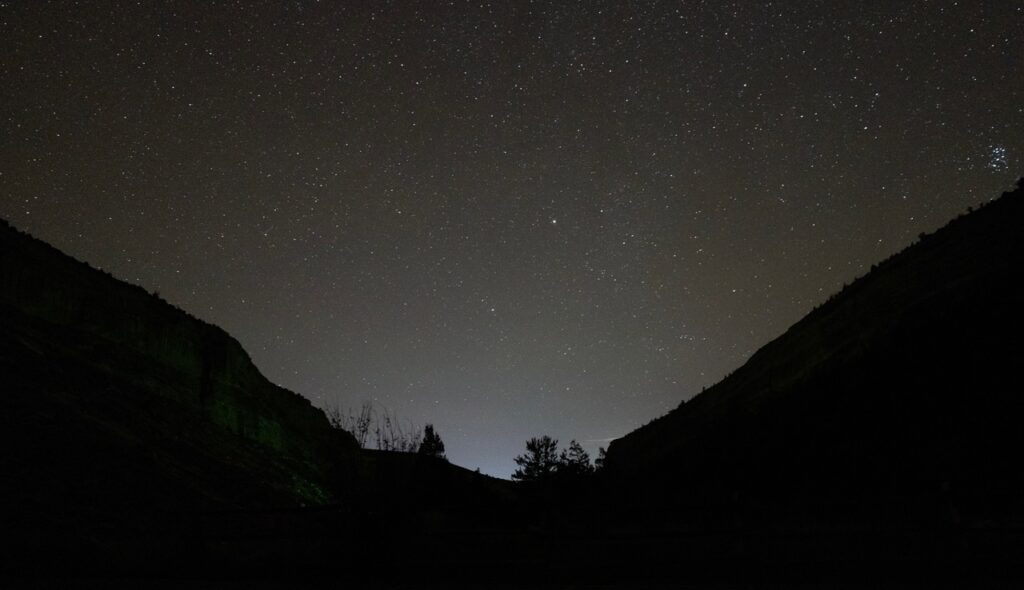
Learn more about how to keep the dark skies dark at Darksky.org and check out Sinks Canyon State Park on Facebook to find out when the next dark sky program will be happening.
Wyoming has an abundance of dark skies for wildlife and humans to enjoy and benefit from. It’s important that we all work together to protect our night skies and keep Wyoming in the dark.
Author Bio: Jessica Moore is the Superintendent at Sinks Canyon State Park. Originally from the Upper Peninsula of Michigan, she started her career as an Interpretive Ranger with the National Park Service. Jessica moved to Washington State where she spent 18 years working as an educator at a 725-acre wildlife park. She and her family moved to Lander in 2021, and she was hired on with WYO Parks in September of 2022. Jessica and her family enjoy the great outdoors and abundant wildlife that Wind River Country has to offer.
Posted in Notes From the Field